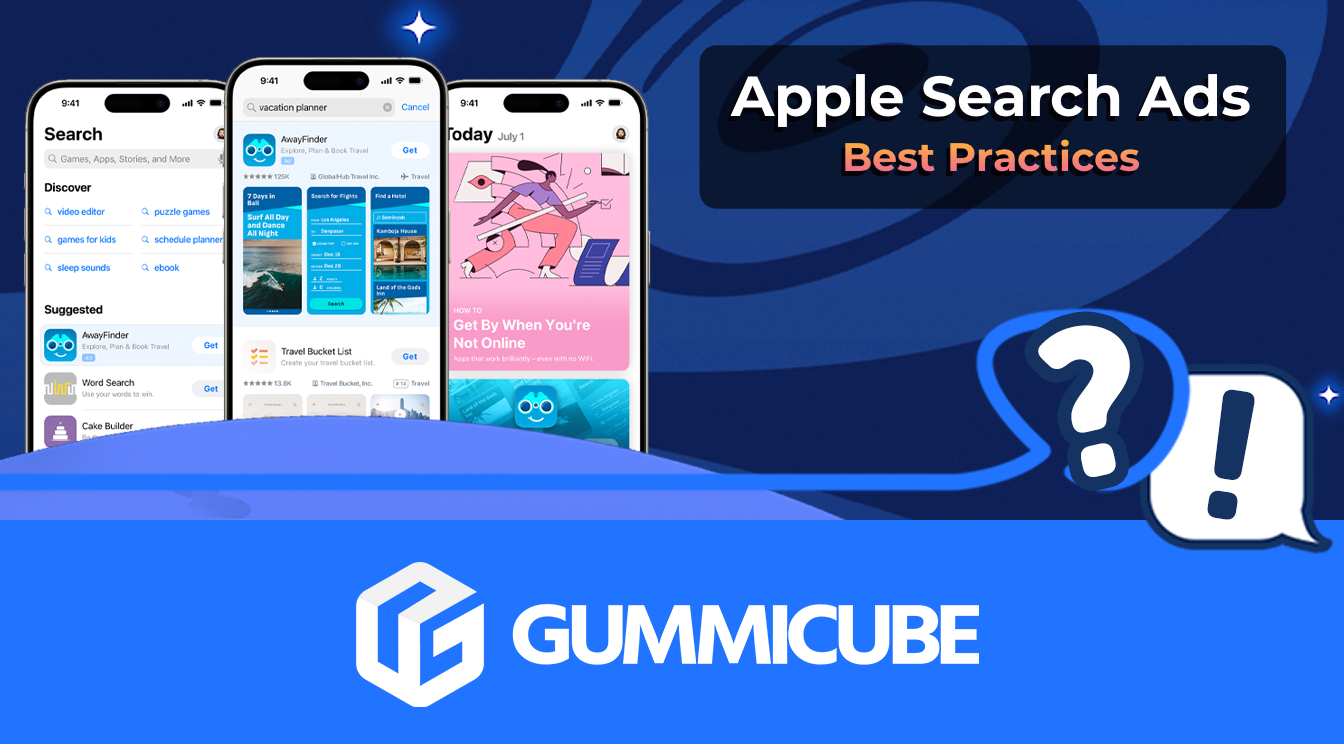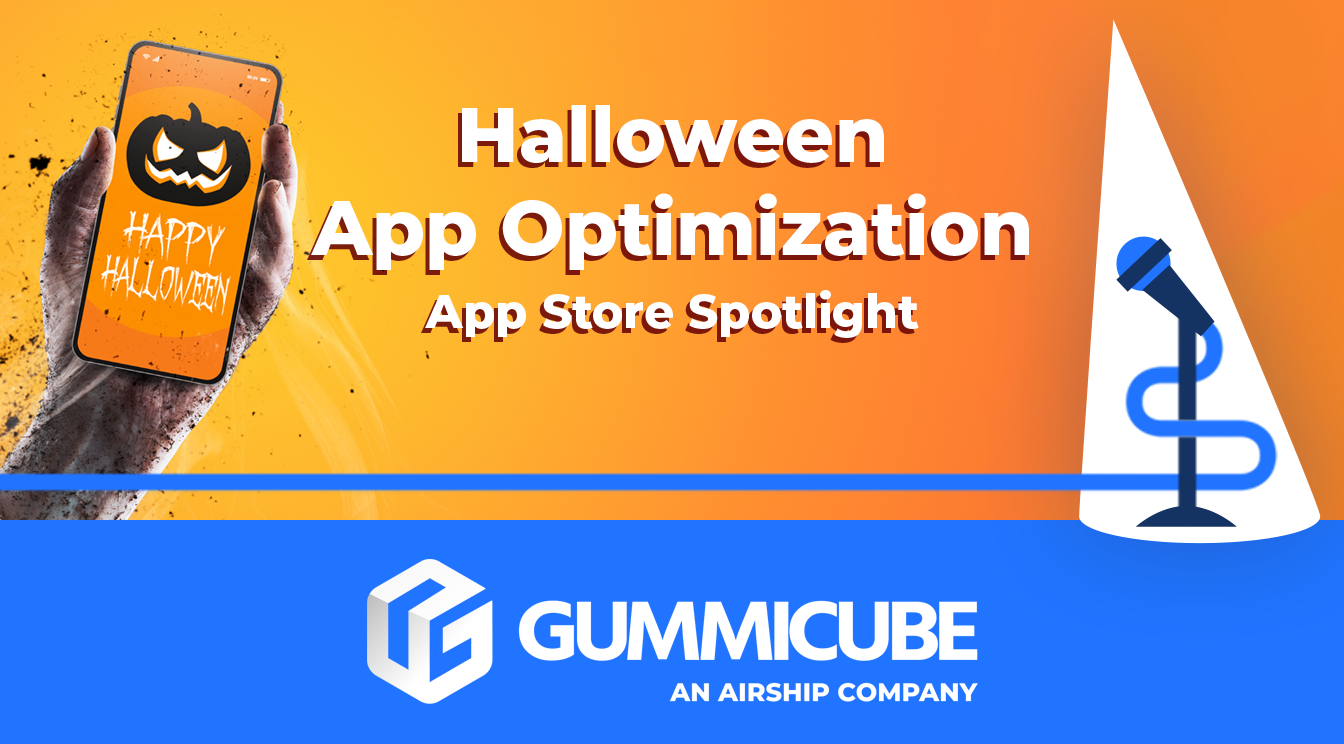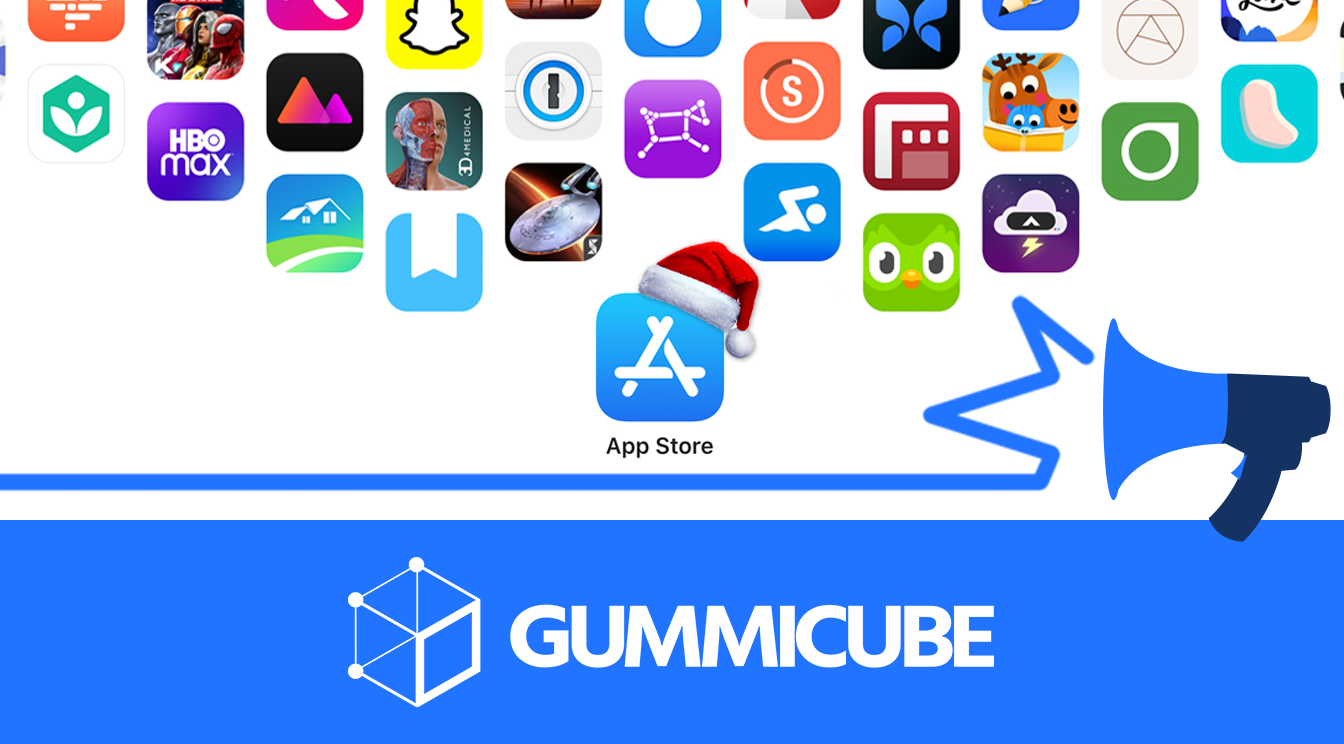
5 Best Practices for Apple Search Ads
Posted on July 3rd, 2024
Are you leveraging Apple Search Ads the right way? Take a look at these recommendations to optimize your paid campaigns and target the right users.

Just when marketers caught up with websites, social media disrupted the digital marketing landscape. While providing new ways to reach customers, navigating how businesses should use Facebook, Twitter and LinkedIn (not to mention Instagram and Pinterest and many more) continues to be a challenge. Now mobile has arrived to the scene, faster and bigger than any technology before it. The only reason they are called “mobile devices” or “smart phones” is because “personal computers” was already taken. It is not just the use of mobile devices that is the story that is changing everything, but the use of mobile apps. To add to the intrigue, mobile devices and apps are not just used while waiting in lines or “on the go”, but while sitting on the couch as the second screen. Like social media and the rise of the web before it, the rapid transition to mobile and mobile apps provides opportunities and challenges. Mobile moves so fast, the learning curve can be steep. Let’s nail down some proven best practices for mobile marketing so we can take advantage of this opportunity to reach and connect with our current and target user bases.
More email is opened via a mobile device than via the desktop, with 53% of all emails reportedly opened first on a mobile device. Google reports 75% of gmail accounts are accessed via mobile. While these numbers paint a broad picture of email opens on mobile, your specific target market will have its own characteristics. Here is the sobering stat that really hammers home the point regardless of target market: 75% of Consumers “Highly Likely” to Delete Emails They Can’t Read on Mobile Devices A report on mobile email usage from Constant Contact includes the following and more:
Almost 50% of survey respondents also said they are likely to click on links in an email when read from a mobile device, which means the destination also needs to be mobile-viewing friendly.
You’ve seen the offenders, and they are not pretty. With the majority of local web search now coming from mobile devices, Google recognized that if search results from their search engine included websites that were not easily viewable from the device performing the search, users would opt for a better search solution. Enter “Mobilegeddon”, the hard date Google set for penalizing websites in search rankings that did not pass their mobile readiness test. Websites were graded on a pass/fail basis, and those that failed were instantly penalized in search rankings. Despite the rise of mobile web browsing, many of the largest companies have not addressed this obvious user experience issue. Between emails being read in mobile devices, links from within emails to websites viewed in mobile devices, and the search result penalty for not being mobile ready, not having a mobile-ready website means you are just not even in the game.
While a mobile-ready website and emails are a good place to start and a minimum for participating in the mobile-centric environment, providing a mobile app to clients, prospects or cold leads provides some benefits unmatched by social or email. From tshirts to enterprise infrastructure, B2C or B2B, the buying process generally starts on a mobile device.
In-app marketing actually starts before anyone uses your app. We start with creating a mobile app listing positioned for your target audience. Relevant visitors to your app listing are more likely to install and use your app, just like relevant traffic to your website is more likely to find the features of your products and services compelling. Because most mobile users report that app store search is the most common method for finding and installing apps, positioning your app for app store search discovery is a primary app marketing tactic. The practice of creating and testing an app store listing for visibility in the app stores, and conversion of viewers to users is called app store optimization or ASO. Check out our guides for Apple ASO and Google Play ASO for more on this topic.
Connecting with prospects and clients via in-app notifications is one of the primary benefits of investing in a mobile app. Notifications are opened at a rate of 50% or greater, more than 5x that of email. Notifications drive action within the hour. Depending on your target market, notifications and mobile messaging may be the primary communication tool used by your audience, as email is increasingly becoming grandpa’s tool of choice. Coupling notifications with user and device data, mobile marketers can create sophisticated messaging campaigns, connecting to users at just the right times. The easy example here is Starbucks offering $1 off on the new “Pumpkin Spiced Latte” when users of their app walk by a Starbucks. This is made possible only with mobile devices, and only with an app. Which leads us to our next best practice.
Two things make mobile devices and mobile apps one of the most exciting marketing opportunities in decades:
Target recently introduced testing in their stores for iBeacons, which provides location data of users to the specific location in their store. These tests started with “Get $3 off of soap”, but could (will) evolve to “You have this bag pinned on Pinterest, get it now for 20% off”. The examples are as varied as businesses and their business goals, but if the partnership between Cisco and Apple is any indication, location-based mobile marketing is not just for retailers or other B2C businesses. Starting with these mobile marketing best practices, investments in mobile will show the highest returns and provide a good base to build on.

Are you leveraging Apple Search Ads the right way? Take a look at these recommendations to optimize your paid campaigns and target the right users.

Ghostly happenings are among us... and in your app listing too? If you aren't leveraging the power of app seasonality to make relevant tweaks to your store listing you're leaving precious engagement and conversions on the table.

Developers on the iOS App Store should plan in advance of the upcoming Holiday Schedule to allow enough time for apps to get approved during the busy holidays.